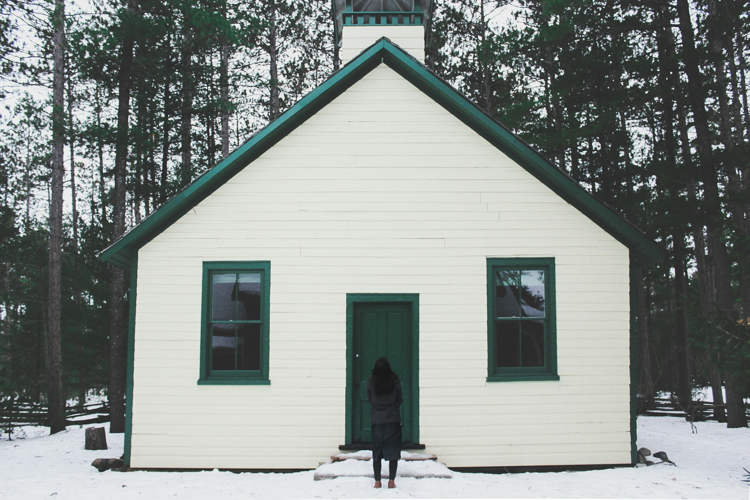Can you imagine yourself living in a giant volcanic crater? Well, for starters, you can forget about Starbucks. But it sure would be the ultimate destination to get away from it all. It’s not all that surprising then, that about 200 people actually inhabit the Japanese volcanic island of Aogashima, with only one school and a single post office.
Aogashima, a part of the Izu Archipelago, lies two hundred miles south of Tokyo, in the Philippine Sea. The island and its 205 inhabitants (as of 2009), are a part of Japan and governed by Tokyo. When I first saw pictures of this breathtaking location, it sort of reminded me of an inverted pudding on a plate. Or an oddly shaped donut. But Aogashima is really a volcano within a volcano. The island is quite well known for having a volcanic caldera within a larger caldera. So what you have is one big, giant crater, which is the island itself, inside which is nestled a much smaller version of itself. This gives the whole island a rather mysterious appeal, almost like something out of a fantasy movie. It’s hard to believe there are such places still left in the world, untouched by noisy human activity.




















